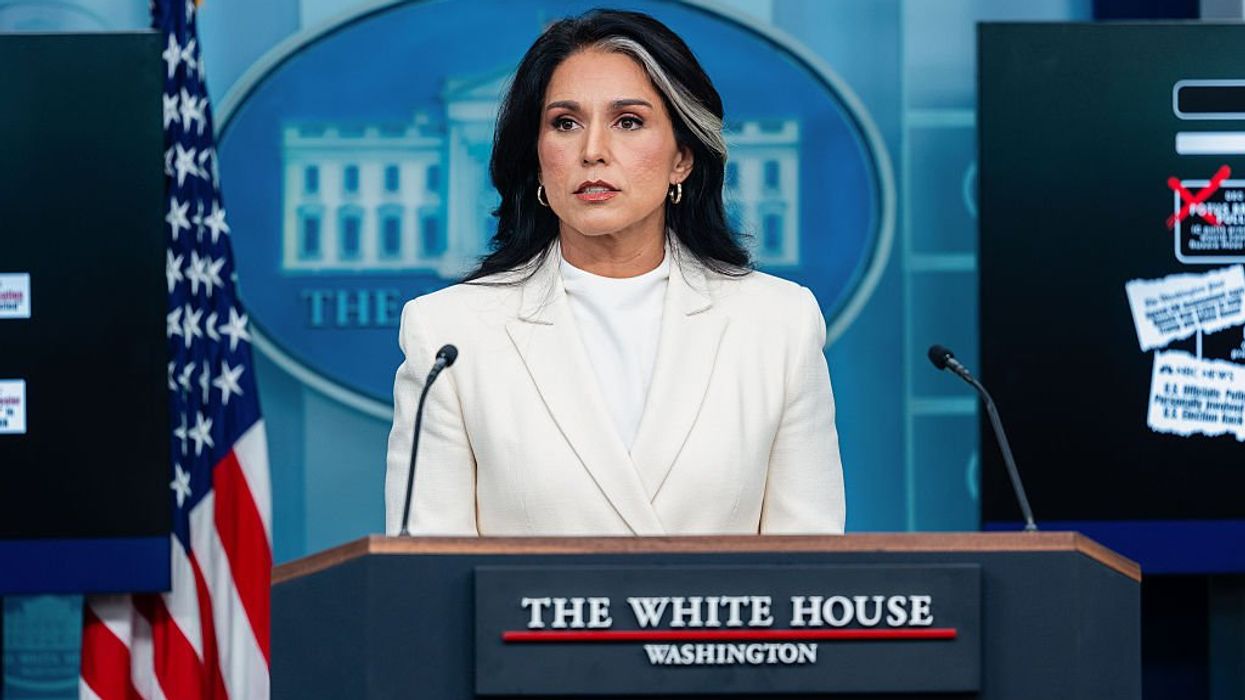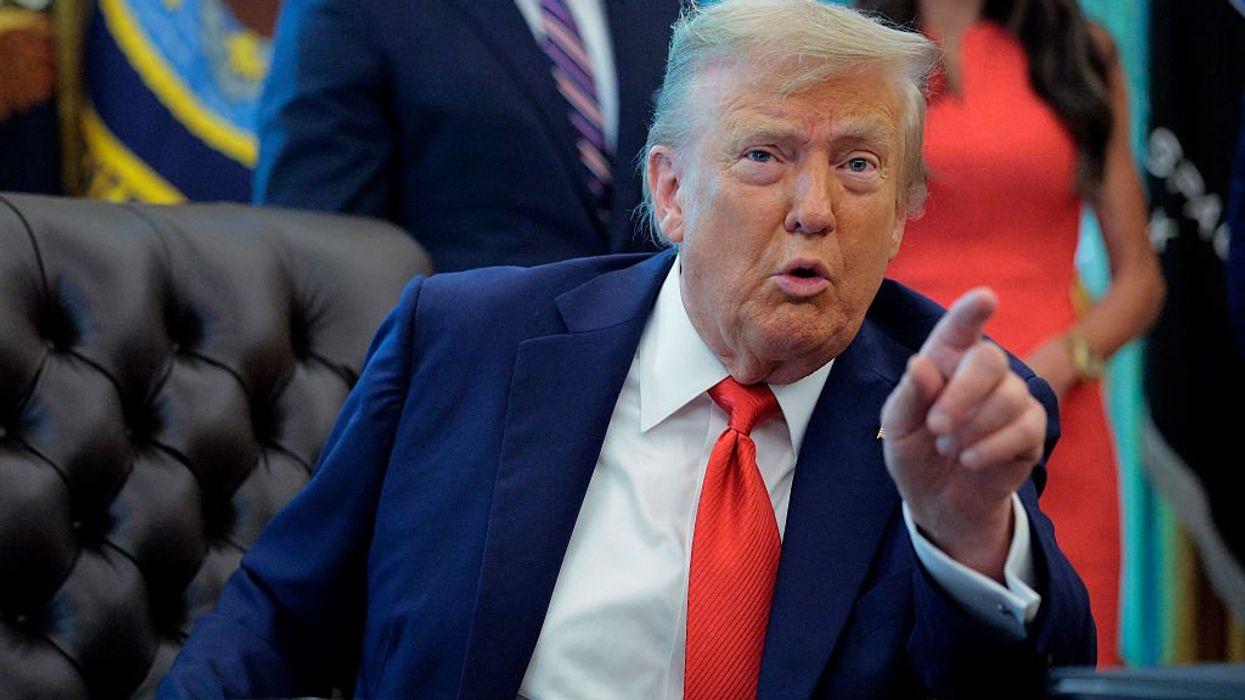Over the weekend there was a disturbing report of a college student who was randomly shot dead by a gang of teens "just for the fun of it." We now know this young man to be 23-year-old, Australian student Chris Lane.
Lane was visiting the United States on a baseball scholarship. He was killed while jogging in a small Oklahoma town Friday night after visiting his girlfriend, Sarah Harper, of four years. Witnesses saw Lane stumble across the road and collapse, and one woman attempted CPR, but the Australian student never made it to the hospital. He was pronounced dead at the scene.
The teens responsible for mercilessly gunning down Chris Harper are James Edwards - 15, Chancey Luna - 16, and Michael Jones - 17, one of which reportedly told police that they committed the ruthless act "for the fun of it."
Despite the reports that Lane was clearly targeted for an act of senseless violence, the media seems to lack outrage any outrage. (Well…most of the media. Piers Morgan did go on one of his typical anti-gun rants, despite the fact that all of the shooters were too young to legally purchase a firearm.)
Glenn highlighted the lack of outrage from the media this morning on radio, noting the hypocrisy between this and the Trayvon Martin coverage. He explained that when the story broke, he was discussing the media coverage with one of TheBlaze editors and noted that the media hasn't been talking about the killers who were so bold and shameless to say they killed Lane out of "boredom" or "for the fun of it."
Not that Glenn is really buying into the "boredom" comments. The social media activity of one of the suspected killers around the time of the murder describes how angry he was.
"It seems like such a senseless kill," Glenn said this morning. "What happened? What happened? And the story was, is that three teenagers were out and they just decided to kill him for sport. They just decided to kill him because they were bored. That was the story. And didn't have any names, didn't have any pictures, didn't have anything. And so I sent it back and I said, "Something's missing here. Tell me anything about these kids other than they were just crazy teenagers. Tell me anything about them. Can you?" Well, I could find it. I found the story. Not in news, not in American news. I found the story in Australia, and I sent it back to the editors and said, "Tell me about this one. Does Australia have the story right? And if so, why is no one reporting this story?" Knowing the answer: It doesn't fit the American news agenda."
"Authorities now have formally charged three teenagers yesterday afternoon for gunning down Australia student Chris Lane just for the fun of it. James Edwards, 15; Chancey Luna 16, charged with first‑degree murder and face life in prison," Glenn continued. "They are being held without bond. Michael Jones, 17, reportedly charged with using a vehicle to facilitate the discharge of a weapon, an accessory after the fact of murder in the first degree. He reportedly said in court, "I pulled the trigger," but the judge told him to remain silent. The boy cried and his bond was set at $1 million. Three teens will be tried as adults. A social networking page appeared ‑‑ appearing to belong to Edwards revealed a video of Edwards brandishing a gun, as well as multiple photos showing piles of cash that he says belongs to him."
"Has the president made a statement on this?" Pat asked after Glenn finished explaining the story. "Did he come out and say that if I had an illegitimate child with a white woman, he might have looked like Chris Lane? "
The unfortunate answer to that question is 'no'. But not only has the President not issued a statement, despite Lane being an international student and Australia showing outrage over the evil crime, the Obama White House apparently has no idea who Chris Lane is.
"Where is Al Sharpton? Where is anybody else? Where is anyone? Where is the outrage on this?"

 Kean Collection / Staff | Getty Images
Kean Collection / Staff | Getty Images
 Bloomberg / Contributor | Getty Images
Bloomberg / Contributor | Getty Images Chip Somodevilla / Staff | Getty Images
Chip Somodevilla / Staff | Getty Images